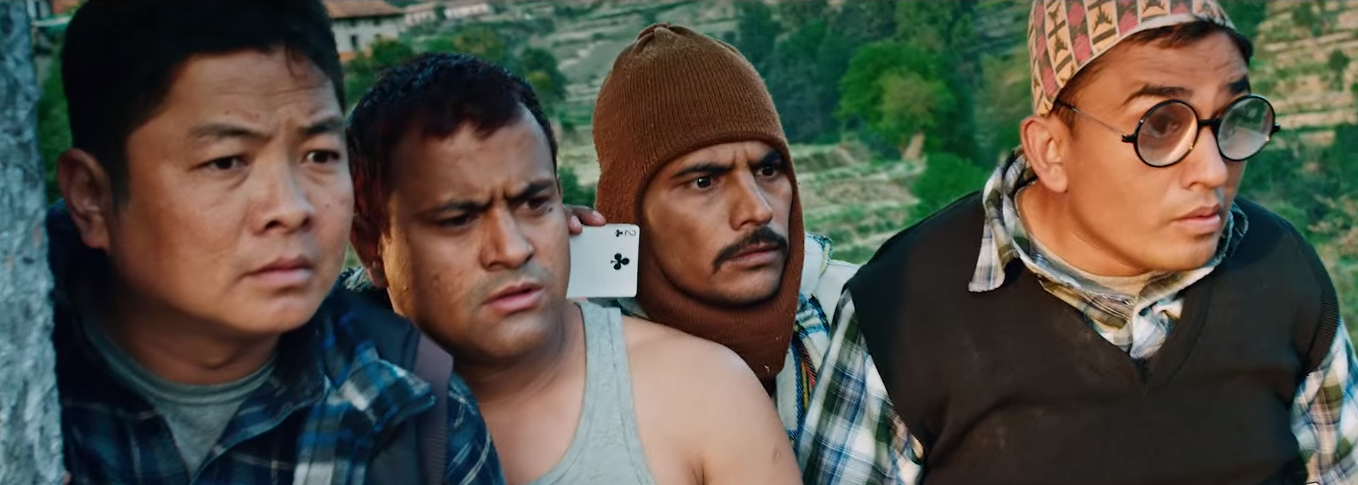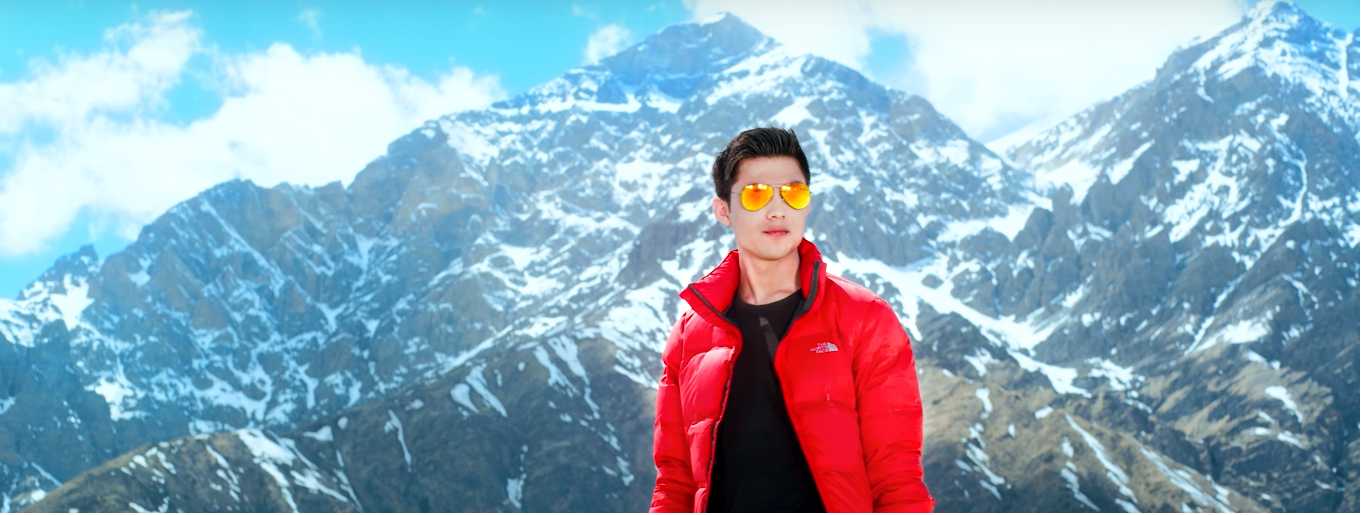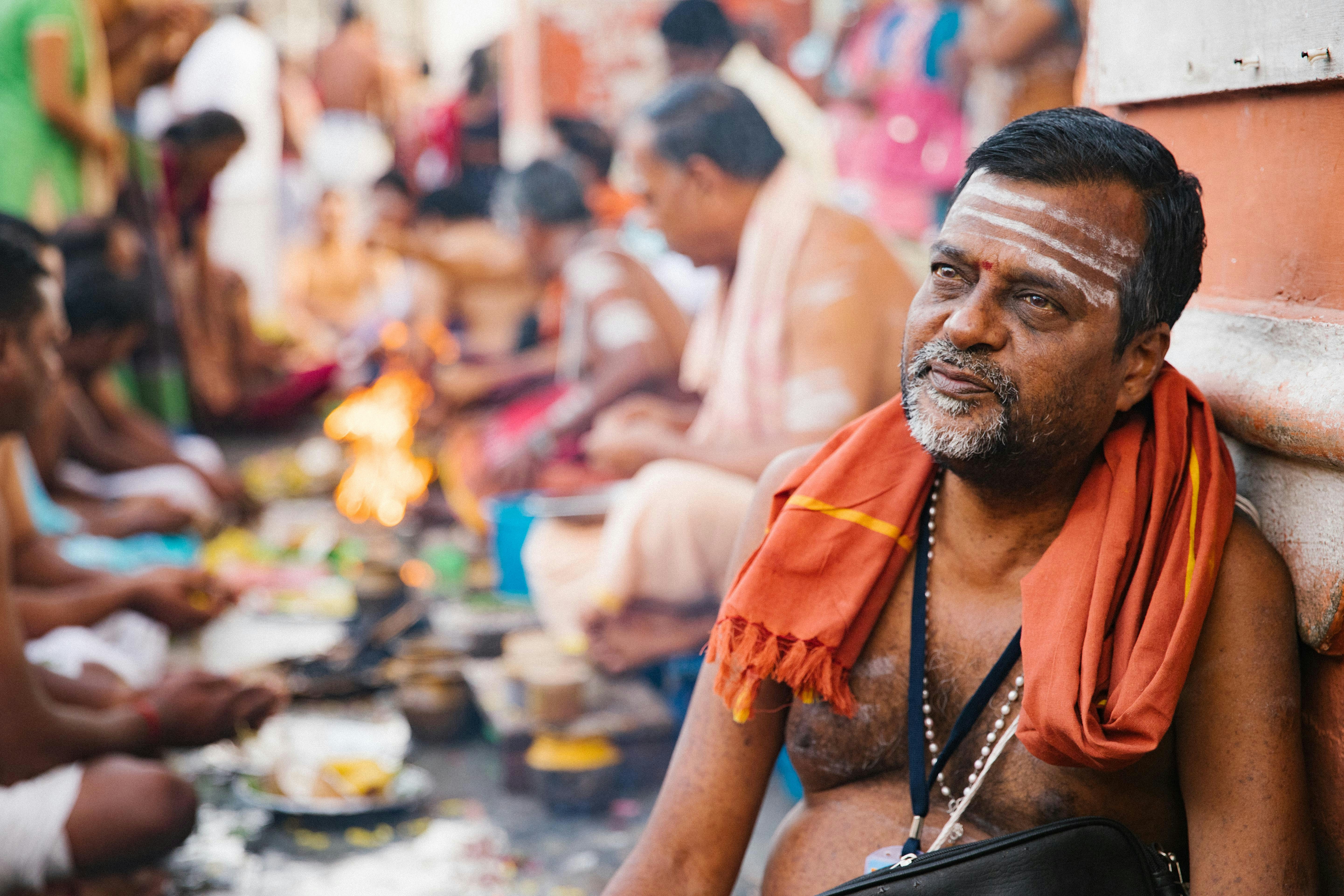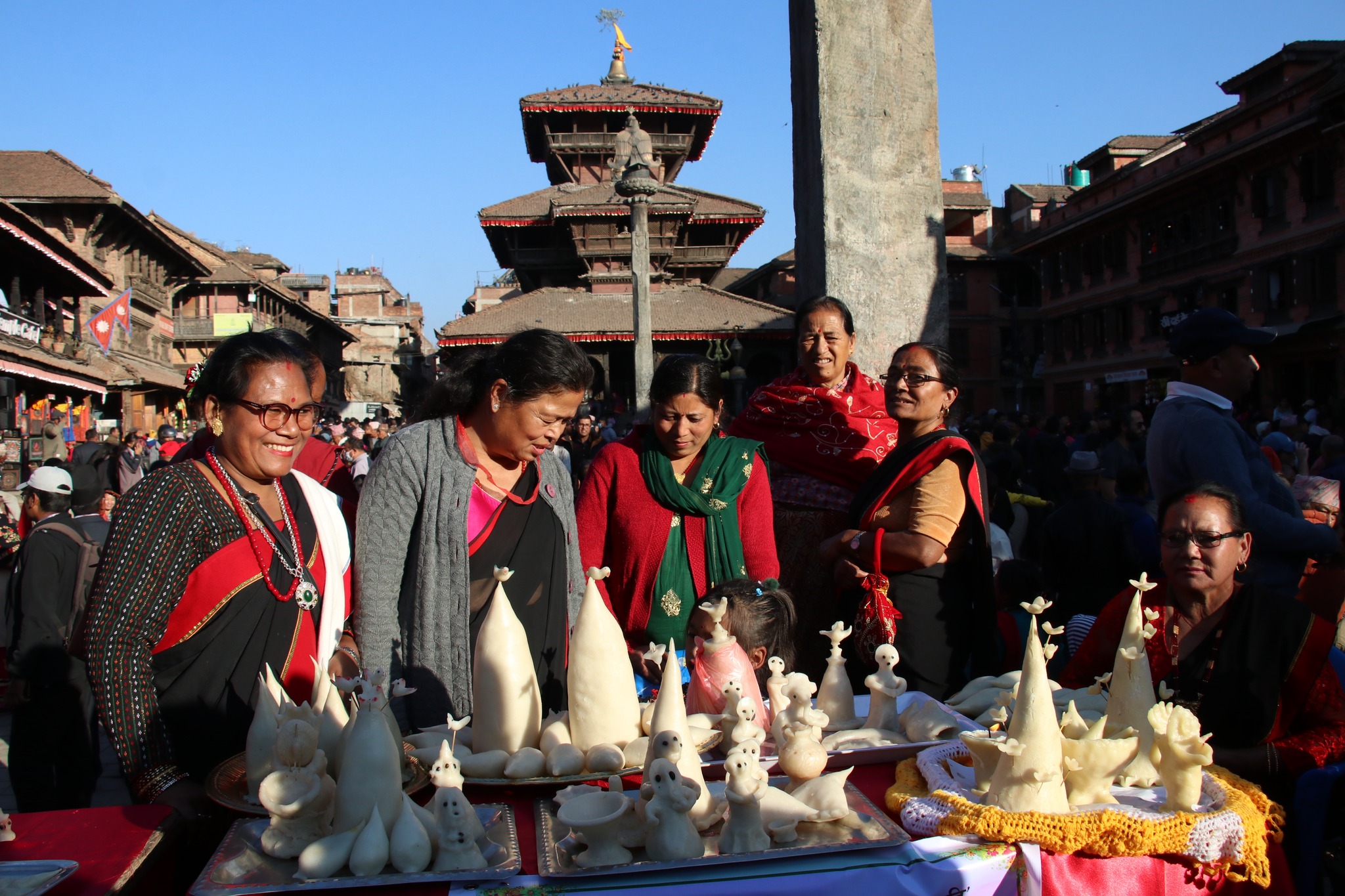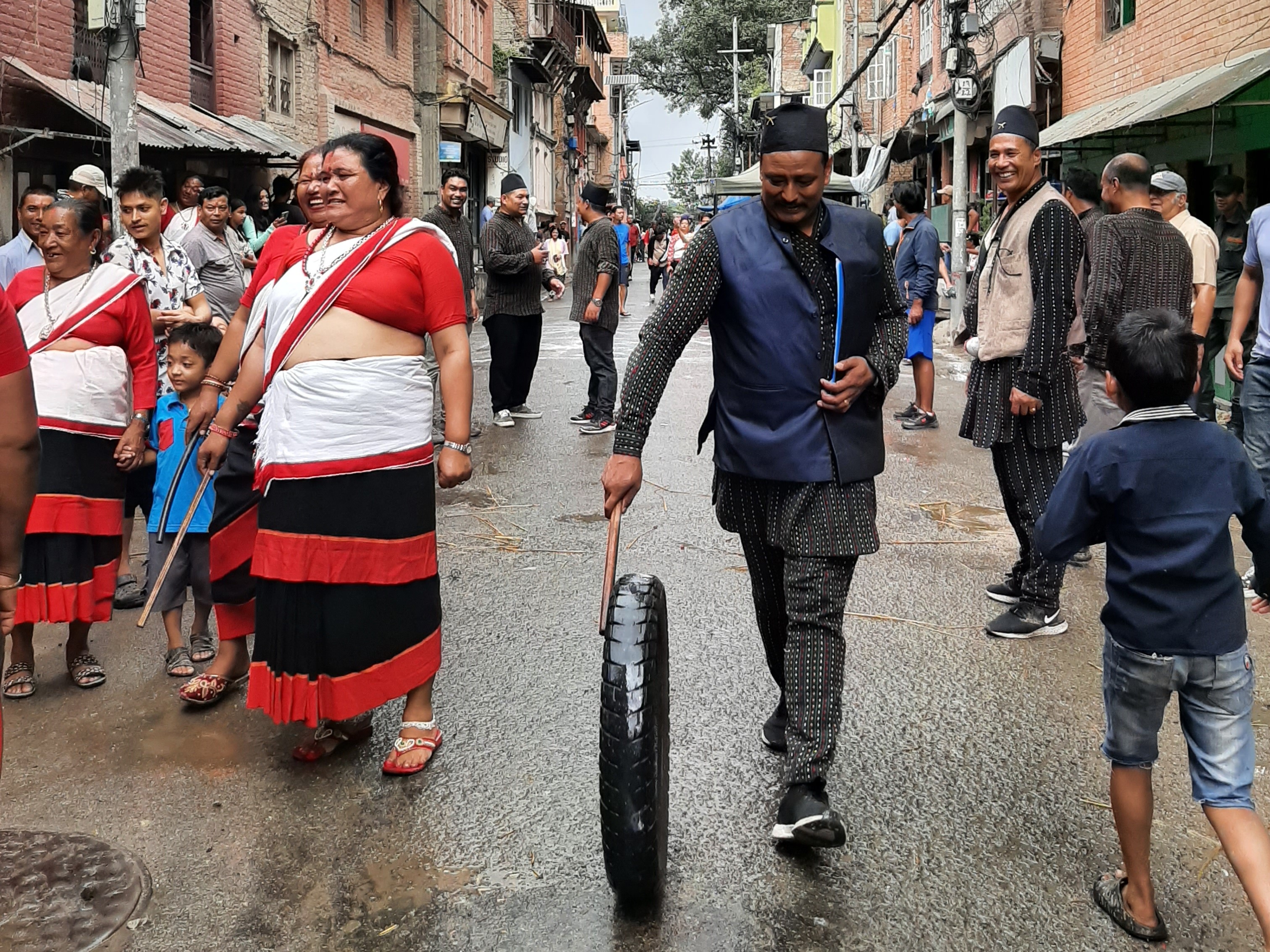Nepali film industry had a string of comedies lined up for 2072. But due to the quake, and then the embargo, no matter how remarkable the films were, they could not create substantial buzz at the box office.
Cinema halls were badly hit by the April 25 quake, and some of them were even on the verge of shutting down. A handful of films did manage to draw people to the theatres, but that too took almost two months.
Here’s a look-back at the Nepali film industry in 2072.
1.
Kali Prasad Baskota’s infectious tune Jaalma was undoubtedly the biggest highlight of the year.
With the release of the song, cinema goers were looking forward to watching Pranab Joshi’s Resham Filili. All shows were booked, and everyone was excited for the film as it promised bone-tickling comedy, and a chance to witness the debut of Kameshwor Chaurasiya’s as lead character. Nothing could go wrong, many would have thought. The film was destined to be a huge hit.
But on the very second day of its release, the temblor struck. People were forced out of their homes, and with a host of things to worry about, no one had the courage or the want to go to the cinemas. Overshadowed by a national tragedy, a good comedy met with its untimely demise. The film was re-released two months later, but it could not live up to its promise.
2.
The films released this year were mostly performance-driven. Kabaddi Kabaddi was one of those movies. Actor Daya Hang Rai continued to play a lovelorn character, and eventually became the biggest grosser with the movie, a sequel to Kabaddi (2070). Wada Number 6 was another hit that put Rai in limelight for the second time this year. Even though two of his other films, Fanko and Rahadani, did not do well, his work in both the films was admired.
3.
This past year can safely be called as the ‘Year of comedy’. In films like Resham Filili, Kabaddi Kabaddi, Pashupati Prashad, Wada Number 6 and Adhkatti, Nepali film industry found successors to uphold its tradition of the situational comedy-social satire mix.
4.
The embargo, which began in September, was another event that shook the film industry. While there was much speculation that movie-goers would refrain from watching Bollywood flicks, Prem Ratan Dhan Payo recorded the highest collection in Nepal this year.
Actor Bhuwan KC’s directorial debut Dreams was close second. The Anmol KC-starrer recorded a big collection at the box office. He was one of the actors whose fandom sustained the industry’s last quarter. Though the film hardly broke any boundaries, it did generate enough interest to draw viewers, once again proving that Nepali films are here to stay.
5.
The most-talked-about actor this year was Khagendra Lamichhane.
Having already proven himself as an actor to watch out for, the Talakjung vs Tulke star proved he was an equally apt screenplay writer through his work with Pashupati Prashad. The movie will probably go on to win most awards for this year.
Using a subaltern context to drive the story forward, director Dpendra K Khanal’s experiment with ‘tragicomedy’ has started a trend that will perhaps be followed in the years to come.
6.
While the issue of inclusion, especially for the people of Madhesh, took centrestage in national politics, Nepali film makers showed that they were mildly sensitive to it.
Actor Nikhil Uprety, even though not from the same community, starred in Bhairav, one of the biggest money-makers of the past year. His rendition of a Madheshi police officer turned some heads. Similarly, actor Kameshwor Chaurasiya (from Resham Filili), and Pramod Agrahari (from tv series Singha Durbar) showed that they had the talent to become big names in the industry.
While Shilpa Pokharel played the role of a Madheshi woman in Fagu, female actresses from the same community are yet to make their presence felt.
Looking forward to 2073
The coming year is all set to bring stories from the Madhesh to the silver screen. Films like Junge and Sanrakshan, are completely based on stories from the south. They will definitely shift the centre of film-making from Kathmandu to other regions in the years to come.
Also releasing this year are Chhaya by Manoj Pandit, Dokh by Anup Baral, Taandro by Samten Bhutiya, and Kalo Pothi by Min Bahadur Bham among others. These films will bring much needed ‘break from tradition’ in the film industry, and hopefully that will resonate with us for many more years to come.
***
Also read
It’s Friday, but Nepali cinema-goers are not watching Nepali movies. Here’s why
Editing a film is an invisible art. What do Nepali editors have to say to that?





